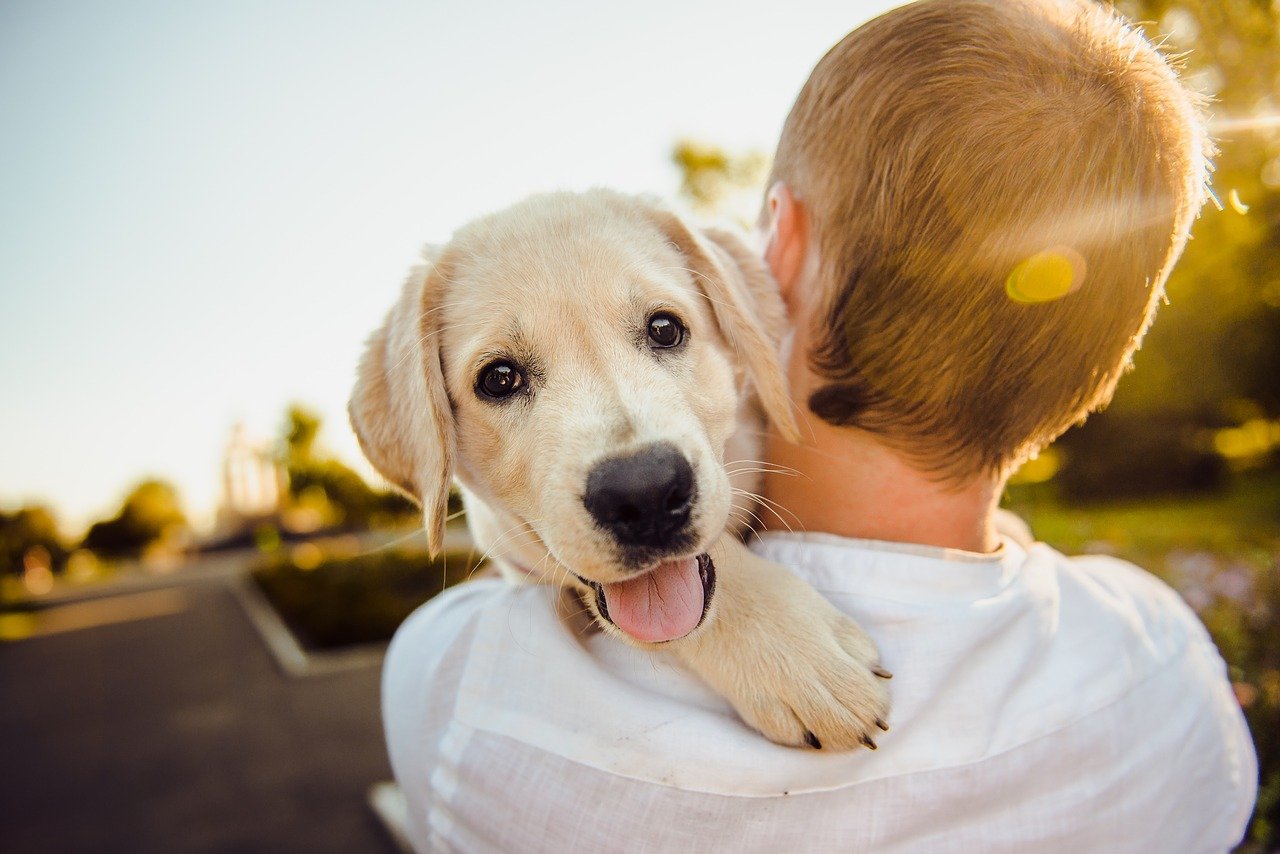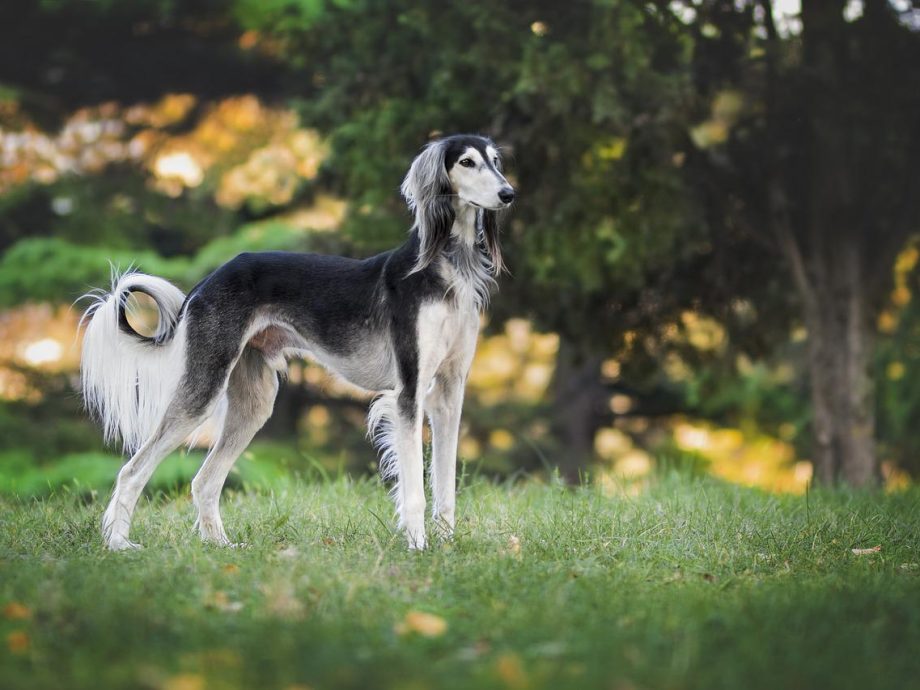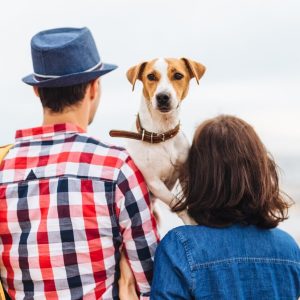This means that it can be a very long time for you and your family to live with a mistake or a decision that has not been properly thought through. Choosing a dog that’s right for you, for your family and for your lifestyle is a serious process and will require you to ask yourself a number of questions.
What should I consider?
It’s easy to find several simple online quizzes that help you to determine how to make this difficult but ultimately rewarding decision and most of these will focus on a number of key considerations such your previous experience of owning a dog, where you live, the exercise you’re prepared to give the dog, the amount of time that you can spend and the costs involved.
Every dog will need training to be able to fit in with your lifestyle; puppies have to learn everything from scratch and an older dog will need to adapt the learnings that took place elsewhere but the responsibility lies entirely with you, as the dog’s owner, to match your lifestyle to the needs of the dog you choose. In this decision process, you have an opportunity to match the dog’s natural predisposition, energy needs and temperament to the amount of time and effort that you’re prepared to invest. During lockdown in the Covid pandemic, many people bought dogs to provide company and companionship but failed to take into account the amount of time and effort required to train that dog. As a consequence, many thousands of dogs now find themselves in the rescue sector – maybe one of these could be the forever dog that you are seeking?

What resources do I need to have for a dog?
If you live in a large house with a huge, secure garden then this section may not be so critical but common sense dictates that a large dog with a long, waggy tail will not be an ideal choice if you live in a small, high-rise flat and, similarly the amount of outside space that you have for the dog has to be a consideration. Like all creatures, dogs need access to a space for toileting and play but also they need a warm, dry place to sleep. While some working dogs live outside in secure pens or kennels, this is not suitable for smaller, more fragile dogs. Small dogs need more frequent meals and toileting and find it harder to keep warm while larger dogs usually require more exercise and will eat more and that increases costs.
Size is not always a good guide to exercise needs. Hounds like the Pointer, Weimaraner and Vizsla will take all the exercise you can give them and more. At the end of a ten-mile hike, they’ll still be fresh and looking for more, but a Border terrier, although far smaller, will take a surprising amount of exercise. Retired greyhounds, having spent their working life sprinting, may be happy to enjoy a leisurely lead-walk but a Springer spaniel could not cope without a far greater amount of exercise. Dogs that cannot burn off their excess energy on walks will almost always find other ways of doing so, and digging holes in the sitting room carpet or destroying the sofa are not acceptable behavioural traits. Neither is it the dog’s fault if their owner does not understand their dog’s basic needs.
Appearance is everything – or is it?
Most of us have in our minds what our ideal dog might look like but sometimes, appearance comes at a cost. As an example, there’s something hugely appealing about Boxers, their stance, musculature and loyal temperament attracts many people but the conformation of their mouths crates a tendency to drool heavily and that isn’t something that everyone can tolerate.
Similarly, long haired dogs like Salukis look amazing but require regular brushing which takes time every day. Long hair in dogs often indicates a need for their owners to help them to keep clean, it can take longer to dry and usually means regular trips to the groomer.
Some people are attracted to flat-faced breeds but decades of appearance-focussed breeding has led to many of these dogs having breathing difficulties and anyone considering a brachycephalic breed should check with their vet before purchasing such a dog.
All dogs are the same, aren’t they?
Over thousands of years, mankind has developed and enhanced the differing tendencies of dogs to meet our needs, taking advantage of breed characteristics such as guarding, companionship, herding, hunting etc. As a result, pure-bred dogs can be expected to display these tendencies – after all the police and armed forces use German Shepherds, Dobermanns and Rottweilers for a reason while ‘assistance dog’ organisations find Labrador retrievers more successful to train as companions for people with physical challenges. Selecting a dog because of its appearance will present lifestyle issues at some stage if that decision has ignored the dog’s natural instincts and tendencies.
So how should I choose a dog?
The first step is to draw up an honest and realistic assessment of the resources that you can offer a dog – these should include the space you can provide inside and outside, the amount of time you can invest in training and grooming, the amount of time you will spend together with your dog – will he be left alone for periods of time? – the amount of exercise that you can reliably and regularly provide and the costs that you can afford to meet.
Then, take a realistic look at whether a puppy, a mature dog or even a senior dog in the last few years of its life would better fit within your lifestyle. Will the dog need to live with children, older people who might be physically more frail or maybe other dogs and even cats? Which breed tendencies do you want or, perhaps which ones do you not want?
Then, armed with your assessment which you will have thought through, take advantage of the online breed-selector tools that are available or take your assessment and talk it through with the staff at your local dog rescue centre. They will have many, many beautiful dogs, young and old, cross-bred and pure-bred, all looking for someone kind and willing to share their home. The staff will also know the history and the day-to-day personalities of these dogs and can help you make a choice.
However, if you have decided that a pure-bred puppy is what you need, make sure that you choose a registered and responsible breeder. In the UK, the Kennel Club maintains a list of registered breeders. At all costs, avoid buying a puppy from a puppy farm and you can find more help in how to spot a puppy farm here.










